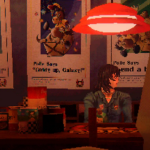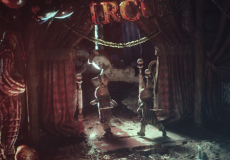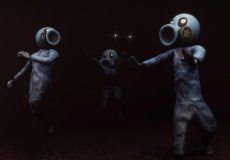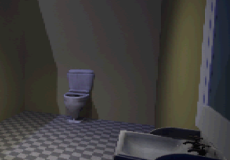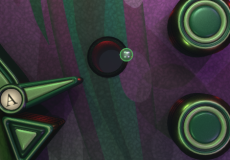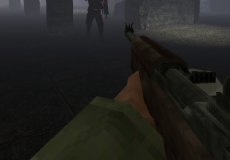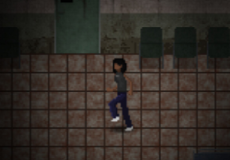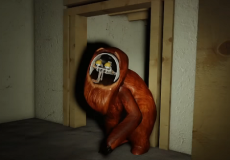

Terroro
Advertisement
Terroro is a short first-person horror game that follows the story of a man investigating the life of his girlfriend, a popular online personality. What begins as a visit to her apartment turns into a gradual descent into unease as the environment starts reacting to your presence. The game focuses on exploring confined spaces, reading small details, and interpreting fragmented messages scattered throughout the rooms. Rather than relying on visible threats, it builds tension through sound, timing, and distorted familiarity. Every movement through the apartment adds to a growing sense of confusion about what is real.
Advertisement
Similiar games
Terroro is a short first-person horror game that follows the story of a man investigating the life of his girlfriend, a popular online personality. What begins as a visit to her apartment turns into a gradual descent into unease as the environment starts reacting to your presence. The game focuses on exploring confined spaces, reading small details, and interpreting fragmented messages scattered throughout the rooms. Rather than relying on visible threats, it builds tension through sound, timing, and distorted familiarity. Every movement through the apartment adds to a growing sense of confusion about what is real.
Environment and Progression
The layout of Terroro is limited to a single residence, but its design changes as you move through it. Doors that were open close on return, hallways extend or shorten, and familiar objects subtly change shape or position. Each room serves as both clue and obstacle. The lighting, audio, and small environmental changes track your actions, ensuring that no two sequences feel identical. The game requires close observation and patience; information is delivered through visual cues rather than dialogue or text. Movement is deliberate and linear, but the space itself resists predictability.
Key components of gameplay include:
· Exploration through controlled first-person navigation
· Interactive objects that trigger environmental changes
· Audio design that signals nearby anomalies
· Puzzle elements involving keys, switches, or hidden triggers
· Progressive spatial distortion across revisited areas
These systems connect to form a loop where the player advances by recognizing patterns instead of completing explicit objectives. The lack of combat shifts focus toward interpretation and awareness.
Narrative and Interpretation
Terroro does not present its story directly. Instead, fragments of information appear through small actions: picking up items, hearing phone messages, or noticing changes in the apartment. The main character’s role as a boyfriend to a public figure shapes the game’s underlying themes of visibility and perception. The player pieces together the narrative through observation rather than dialogue. Events escalate in subtle increments until the environment itself becomes unrecognizable. The end sequence ties the experience together, leaving interpretation open to the player’s understanding of the evidence collected.
Experience and Replay
Terroro’s structure allows multiple interpretations depending on which clues are found. The brief duration encourages replaying to examine details missed on the first run. Some changes in layout or sound design only appear after repeated sessions, emphasizing recognition over surprise. The experience is consistent but layered, giving value to observation rather than reaction. The game’s progression rewards patience and deliberate exploration instead of speed or mechanical skill.
Discuss Terroro

